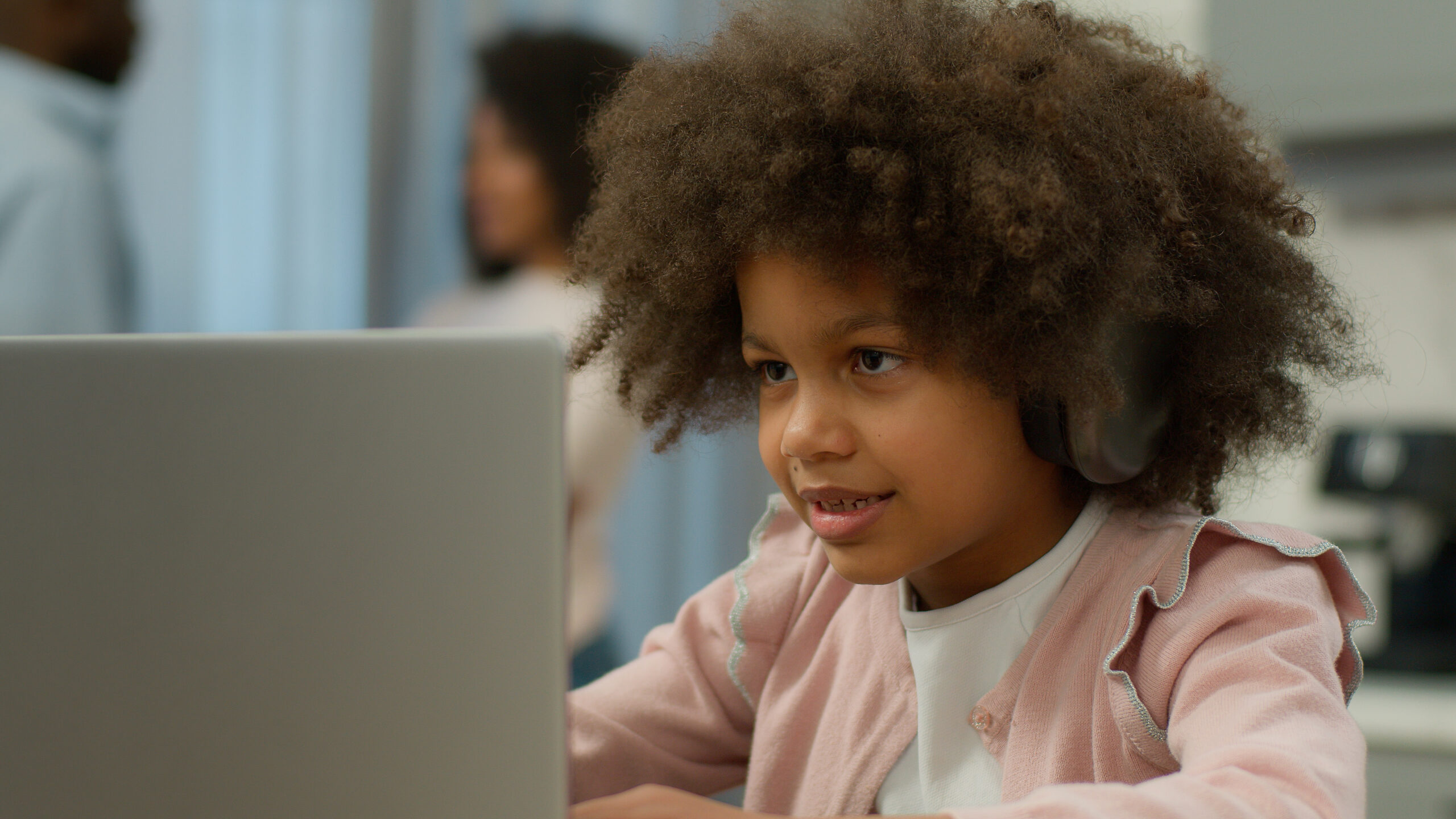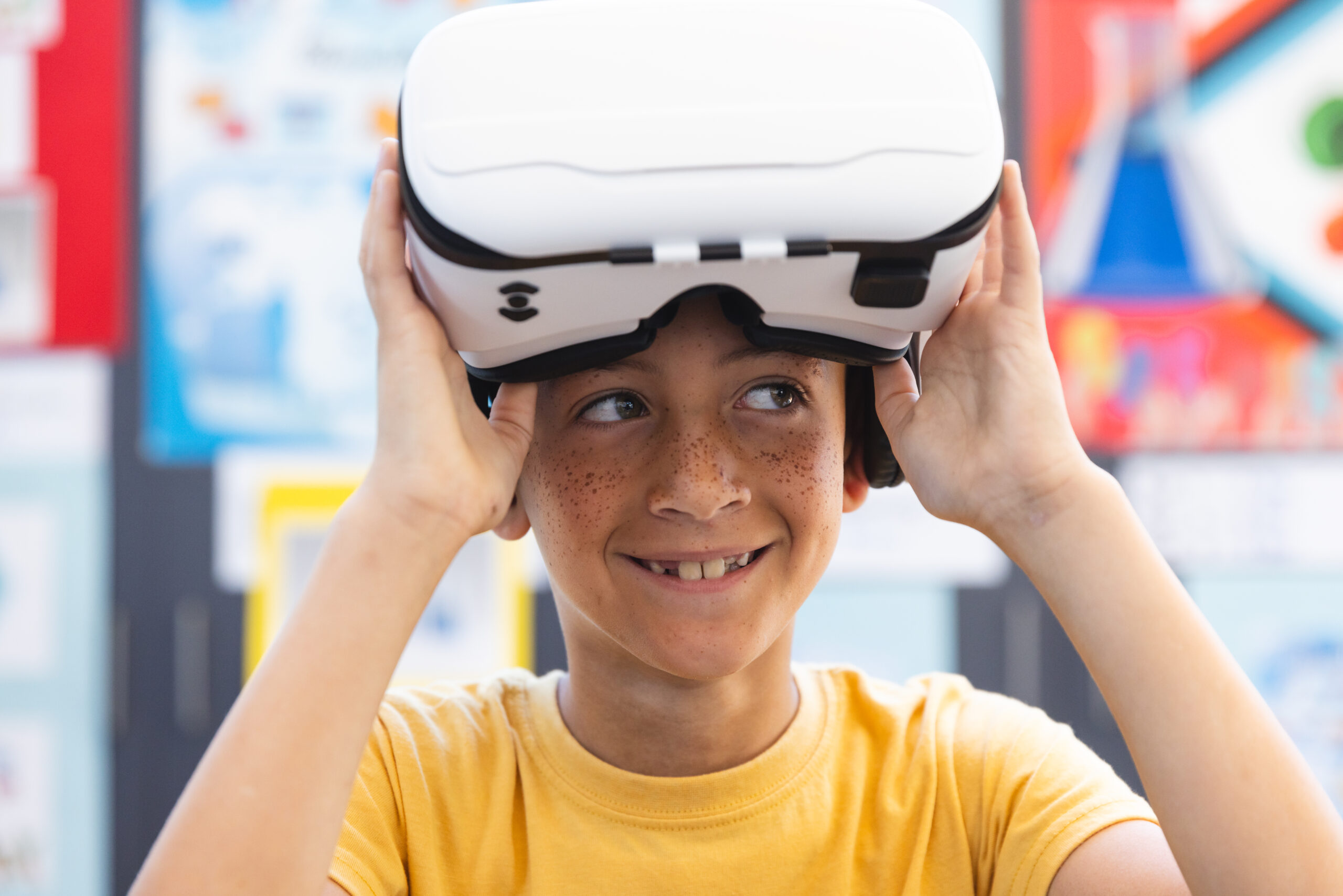A recent article published in the Journal of Research on Technology in Education (see Carreon et al. (2023)) offers findings that present opportunities in how we can use various aspects of virtual reality (VR) in the K-12 classroom. The article also highlights the importance of using quality research backed content in our practice. Overall, VR simulations offer learners personalized learning structured around individual pathways specific to the needs of various students. In the area of social competence, social skill development, and overall student wellness, VR offers a safe place where students can make mistakes, without being judged by peers, while gaining fundamental knowledge and skills in essential social competencies critical in today’s demanding classroom.
Carreon and colleagues reinforce that as VR continues to advance as one of a variety of technology tools to utilize in schools, VR should be leveraged to create inclusive, engaging, and individualized learning experiences for all students, including those struggling learners and their peers with identified disabilities.
Personalized Learning at its Finest
The article suggests that VR is a tool that can facilitate personalized learning. Regardless of its level of immersion (e.g., high = Oculus, low=Google Chromebook), VR adapts to each student’s learning pace and style, providing tailored challenges and support.
The VR-based social skill curriculum featured in the study is called VOISS. VOISS incorporates multiple means of representation by combining visual and audio elements in the presentation of its vast catalog of social scenarios. With that library of 140 scenarios across 10 domains, educators are able to work towards meeting each student’s individual social skill goals and current abilities.
Breaking Down Barriers
VOISS also breaks down barriers. VR can create a safe space for students to practice social skills, overcome anxieties, and build confidence.
Teachers often describe school as a safe space to fail for our young minds. It is a low stakes environment for students to make mistakes and grow from them. VR environments like VOISS are a tangible exemplar of just that. Students are able to learn, practice, and develop confidence in an authentic simulated real world setting.
VR For All
Yes, VR simulations are often used to transport students to ancient civilizations or the depths of the ocean and yet, this is not the entire story. The emulation of a student’s every day environment can also be a powerful tool in helping them learn to thrive in that space.
For a student with gaps in their social skills, belonging, and general social competence, navigating everyday environments and situations can be just as foreign as those ancient civilizations. By mastering their everyday environment in VR, students of all abilities can learn to thrive in their real lives.

The Road Ahead: Navigating the VR Frontier
While Carreon and colleagues highlight that the future of VR in education looks bright, they also suggest there are still hurdles to overcome. The cost of equipment (even lower tech items like Chromebooks), the need for teacher training, and concerns about potential negative effects of VR are all valid points to consider.
But let’s not let these challenges overshadow the immense potential of VR. With careful planning, thoughtful implementation, and ongoing research, VR can revolutionize the way we teach and learn, particularly in social competence and overall student belonging.
Embracing VR unlocks worlds of possibilities for our students. You can use VOISS with students on a phone, tablet, chromebook, or VR headset. Download VOISS from the google play store and get started today.
As we continue to explore the uncharted territories of virtual, augmented, and immersive reality in education, one thing is certain: the journey is just beginning.
Food for Thought - Drop your ideas in the comments!
- How can we ensure that VR is used ethically and responsibly in education?
- What are the long-term effects of VR on student learning and development?
- How can we make VR more accessible to all students, regardless of their socioeconomic background?
Carreon, A., Smith, S. J., Frey, B., Rowland, A., & Mosher, M. (2023). Comparing immersive VR and non-immersive VR on social skill acquisition for students in middle school with ASD. Journal of Research on Technology in Education, 56(5), 530–543. https://doi.org/10.1080/15391523.2023.2182851

